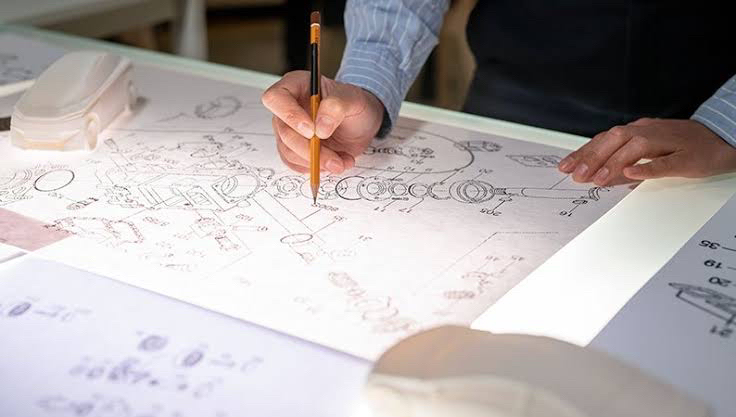Patent illustrations are an integral part of the patent application process. They serve to provide a clear and detailed representation of an invention, allowing the patent office and the public to better understand the invention's functioning and its novelty. These illustrations are an essential part of the patent application and can significantly influence the outcome of the patent examination. In this article, we will delve into the importance of patent illustrations, the types of illustrations used in patent applications, and the best practices for creating high-quality patent illustrations.
The Importance of Patent Illustrations
Patent illustrations play a crucial role in the patent application process as they provide a visual representation of the invention. The primary goal of patent illustrations is to clearly and accurately convey the technical aspects of the invention to the patent office and the public. The illustrations serve to complement the written description of the invention and provide a more in-depth understanding of the invention's workings.
Patent illustrations help to demonstrate the novelty of the invention, which is a key requirement for obtaining a patent. The illustrations must be clear and detailed enough to show the inventive aspects of the invention and how they differ from prior art. In some cases, the illustrations may also help to explain how the invention works, especially if the written description is complicated or hard to understand.
Patent illustrations are also used to support claims in the patent application. Claims are the legally enforceable portions of a patent that define the scope of the invention and the protection granted by the patent. The illustrations can provide evidence to support the claims made in the patent application, making it easier for the patent office to understand the invention's novelty and the inventor's intentions.
Types of Patent Illustrations
Patent illustrations come in many forms and can be used to represent different aspects of the invention. Some of the most common types of patent illustrations include:
- Flow diagrams: These illustrations show the flow of information, materials, or energy through the invention and are commonly used in process patents.
- Cutaway diagrams: These illustrations provide a cross-sectional view of the invention, allowing the patent office and the public to see the internal components of the invention and how they work together.
- Exploded views: These illustrations show the individual components of the invention and how they fit together. They are commonly used to illustrate the assembly of complex inventions.
- Perspective views: These illustrations provide a three-dimensional representation of the invention and are used to show the overall appearance of the invention.
- Cross-sectional views: These illustrations provide a view of the invention as if it were cut along a plane, allowing the patent office and the public to see the internal components and their arrangement.
- Isometric views: These illustrations provide a three-dimensional representation of the invention from a specific angle, showing the invention's overall shape and size.
- Block diagrams: These illustrations show the relationships between the different components of the invention and how they work together. They are commonly used in software patents.
Best Practices for Creating Patent Illustrations
Creating high-quality patent illustrations requires a combination of technical and artistic skills. Here are some best practices for creating effective patent illustrations:
- Keep it simple: Patent illustrations should be clear and easy to understand. The illustrations should not be overly complex or cluttered, as this can make it difficult for the patent office and the public to understand the invention's workings.
- Use proper labeling: Patent illustrations should be properly labeled to help the patent office and the public understand the different components of the invention. Labels should be clear, concise, and legible.
- Use consistent styles and conventions: Patent illustrations should use consistent styles and conventions to help the inventor.





